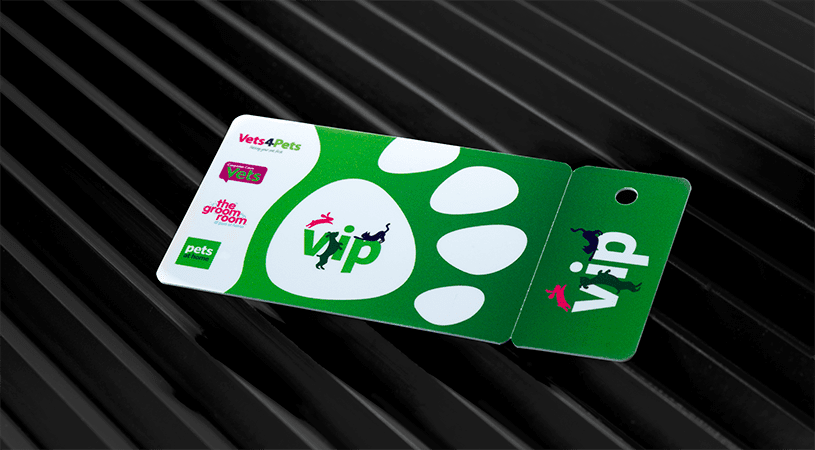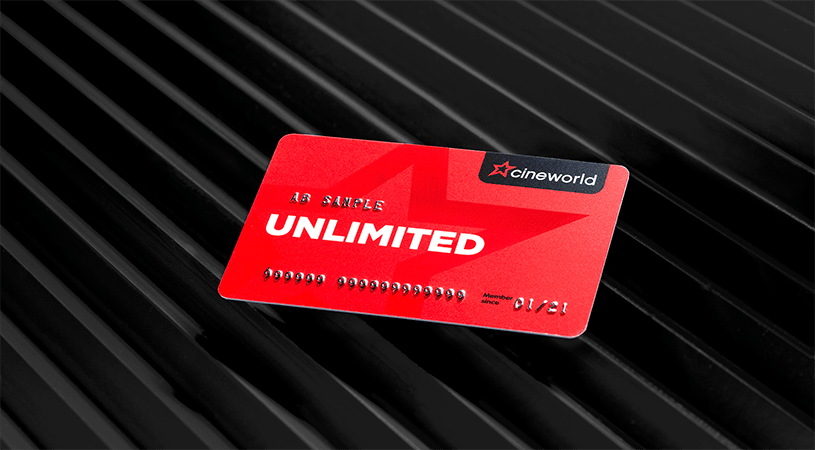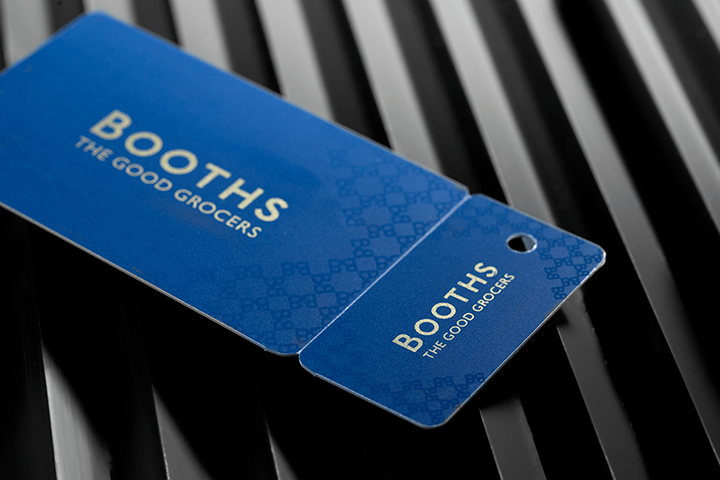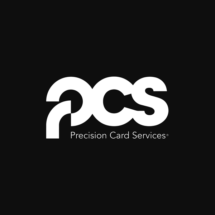Rob Nicholls, managing director of plastic card manufacturer, Plastic Card Services (PCS), explores current trends in the loyalty card market and looks at potential applications in the retail sector.
With around 85 per cent of households in the UK reportedly having at least one loyalty card, it’s no doubt that these schemes remain a popular way for retailers to drive customer allegiance, particularly in an age of austerity. But to stand out from the crowd, it’s essential that retailers and marketers are considering new technologies and ways of maximising the potential of loyalty cards, to ensure customers keep coming back.
In the past few years, one key trend which is making waves is key-fob cards. Playing to the fast-pace, on-the-go lifestyle of the consumer and their desire for added convenience, these key-fob cards are quickly becoming a popular choice with major high street brands. In 2011, PCS began producing an integrated loyalty card/fob design for Holland & Barrett’s new loyalty scheme, Rewards for Life’. Following an initial pilot across 40 selected stores in the Midlands, Yorkshire and Lancashire, an estimated 200,000 customers signed up to the programme in its first 19 weeks alone.
Close proximity
Alongside key fobs, another emerging trend is proximity cards. While many retailers will know this technology through in store contactless payment schemes or hotel room entry systems, many are unaware of how they can potentially be applied in retail settings.
One application being explored at present is the use of proximity cards in displaying in-store offers. With the correct technology installed, proximity cards could be used to trigger and display relevant offers and promotions via TV screens as customers move around the store. By reading the data on a customer’s card, these offers can be tailored to suit the customer and their buying habits, perhaps leading to greater impulse and add-on purchases.
Reward by design
Loyalty card design is also being explored further by many retail marketers as a way to make sure their card maintains pride of place in the consumer purse. Amongst our customers, we’ve seen an increase in more stylish and creative designs which ultimately help them stand out from others. New printing and finishing methods such as glitter, metallic inks, foil, clear cards and matt lamination are just some of the designs being used by retailers at present. Shaped cards are also being considered by retailers as a further way to differentiate themselves from the competition, along with more elaborate and exciting packaging, which gets the attention of customers in-store and immediately impresses them when their card arrives through the letterbox.
Undoubtedly loyalty cards, can offer retailers a fantastic way to reward customer allegiance and gather insight into buying behaviour, but with clever planning and design, they have the ability to deliver much more. As the loyalty card industry rapidly grows and develops, it’s more important than ever that retailers work closely with suppliers to explore how to make their loyal card work to best effect, and ensure they reward both customers and their own bottom line.





